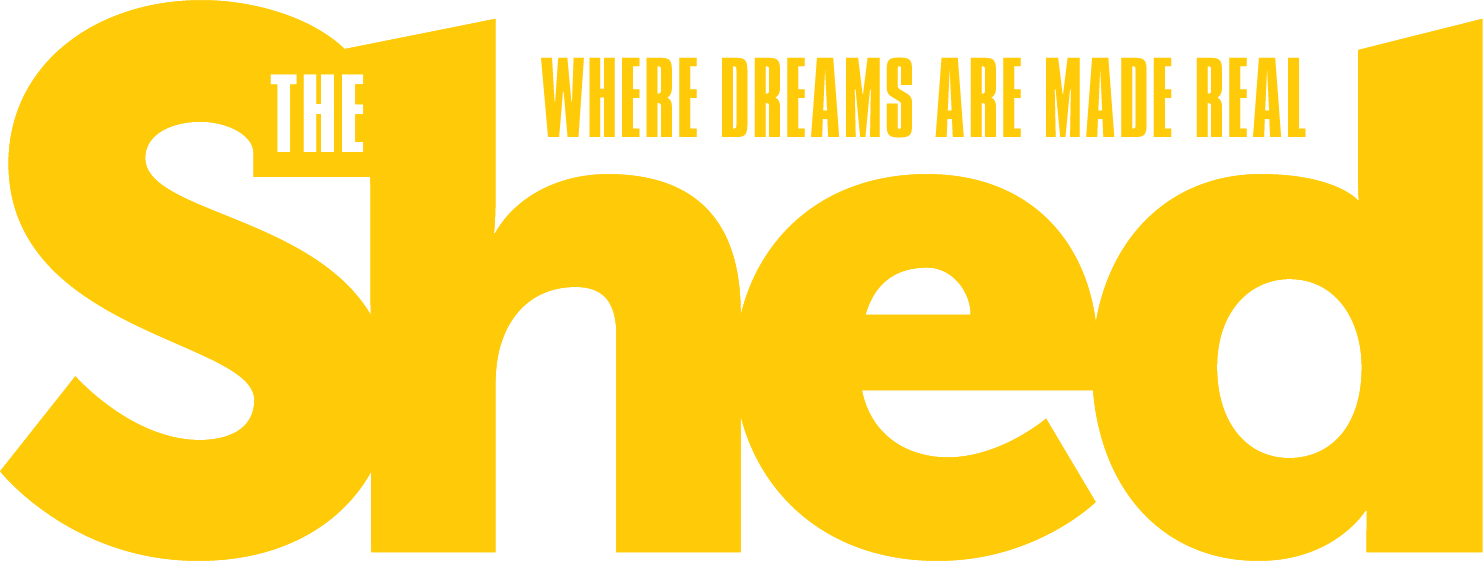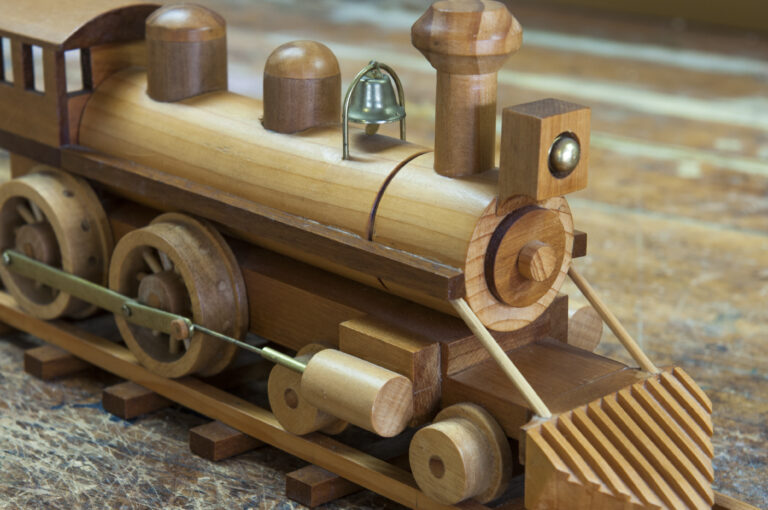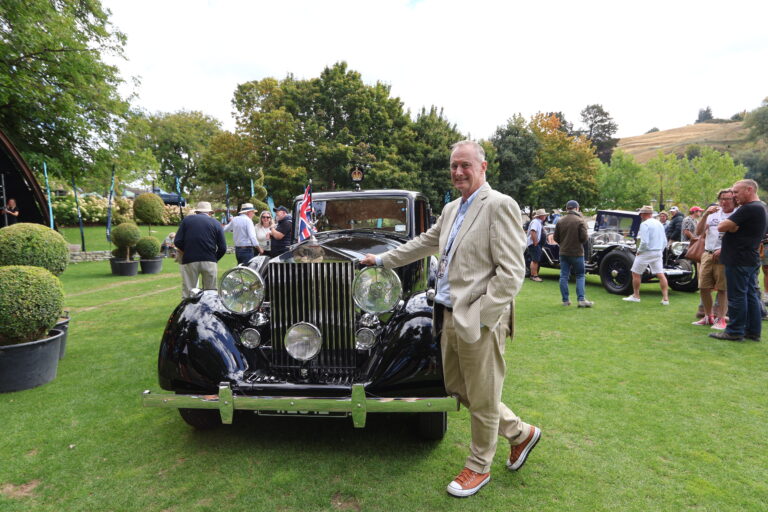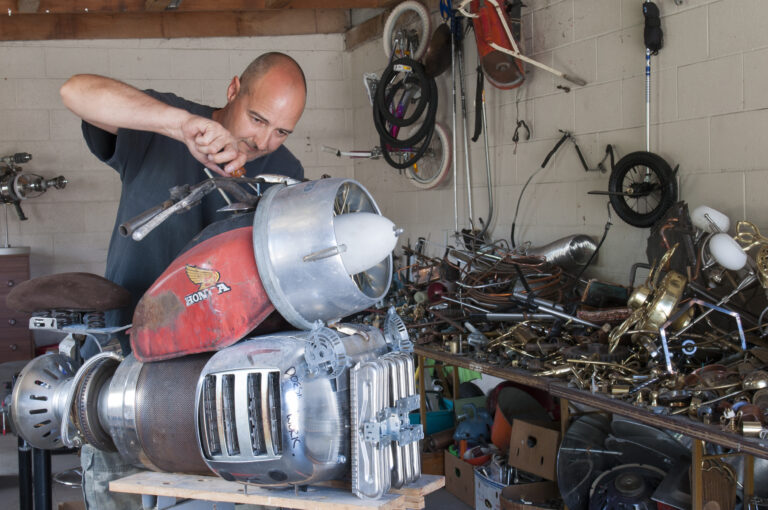What is the Living Wood Fair?
The Living Wood Fair is an enjoyable, engaging, educational community event for all ages taking place in Golden Bay this April.
There is a variety of inspiring activities on offer including workshops, talks, discussions, demonstrations and exhibits focused on four main wood related categories:
All aspects of growing trees and turning them into timber;
Environmental sustainability, care and protection;
Creative arts, wood and bush crafts; and
Natural shelters and homes.
Encircled by a beautiful cornucopia of trees there are 4 main areas in the fair:
The main arena hosts the demonstrations, displays, kids’ activities, information hub, market, food stalls, and natural building area.
The workshop zone is hosting indoor and outdoor creative workshops.
The Ministry of Primary Industries Talk Zone will hold inspiring and informative talks.
The final zone is in the historic Fairholme Gallery displaying tree themed artistic creations.
Who is the Living Wood Fair for?
The Living Wood Fair will appeal to anyone who likes wood, including lifestyle and forestry block owners, farmers, woodworkers and millers, self-builders and tiny home enthusiasts, forestry advocates, environmentalists, and business and industry specialists.
The Living Wood Fair is not only a fun day out for families but a place to learn new skills, to network with individuals and companies in these fields, to discuss environmental challenges and find solutions, to get informed from the experts and to purchase among other things timber, furniture, handmade arts and crafts, and tools.
Programme details
Talks
We have a great line-up of speakers including botanist Philip Simpson, local gardening guru Sol Morgan, specialists from the MPIs Sustainable Forest Management team and Afforestation, Steve Henry from the Living Building Challenge, Wayne and Tyler Langford from the Federated Farmers, Glenn Page teaching chainsaw maintenance and more.
Workshops
Renford Crump facilitates an ongoing bush crafts kids program, herbalist John Massey will share his knowledge on healing & edible plants, Rekindle from Christchurch is teaching string making, Henry Dixon teaches wooden spoon carving, an introduction to the ancient art of hedge laying by Isaac Lane, basic skills for earth building will be facilitated by Lucy Dixon, and much more. Schedule details will be posted in the Facebook event 3 weeks prior to the Living Wood Fair.
Forestry Forum
We are dedicating 2 hours each day to a public forum where we will encourage a variety of experts, forestry businesses and the general public to have an open discussion about forestry in New Zealand, how to ‘future proof’ forestry with changing environmental challenges and how to increase diversity in land use. Damien O’Connor MP, the Forest Owners Association, MPIs Sustainable Forest Management Team and Sean Weaver from EKOS are part of the panel.
Ticket information & workshop bookings
Day tickets to Living Wood Fair are $15, kids under 16yrs are free and 2hr long workshops cost $25 per adult or $35 for 1 adult and a child. Bookings either on our Facebook event page, via e-mail or on the day at the info stall.
Living Wood Fair
Saturday 21st and Sunday 22nd April 2018, 9am to 6pm
Totara Whenua & Fairholme Gallery
East Takaka, Golden Bay
For more information, Liv Scott
022 0876396



